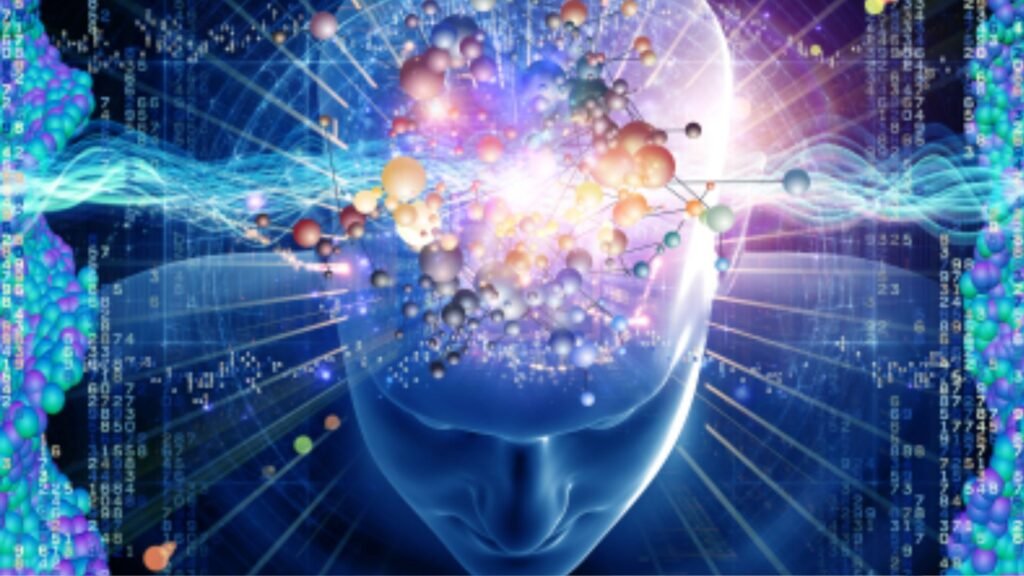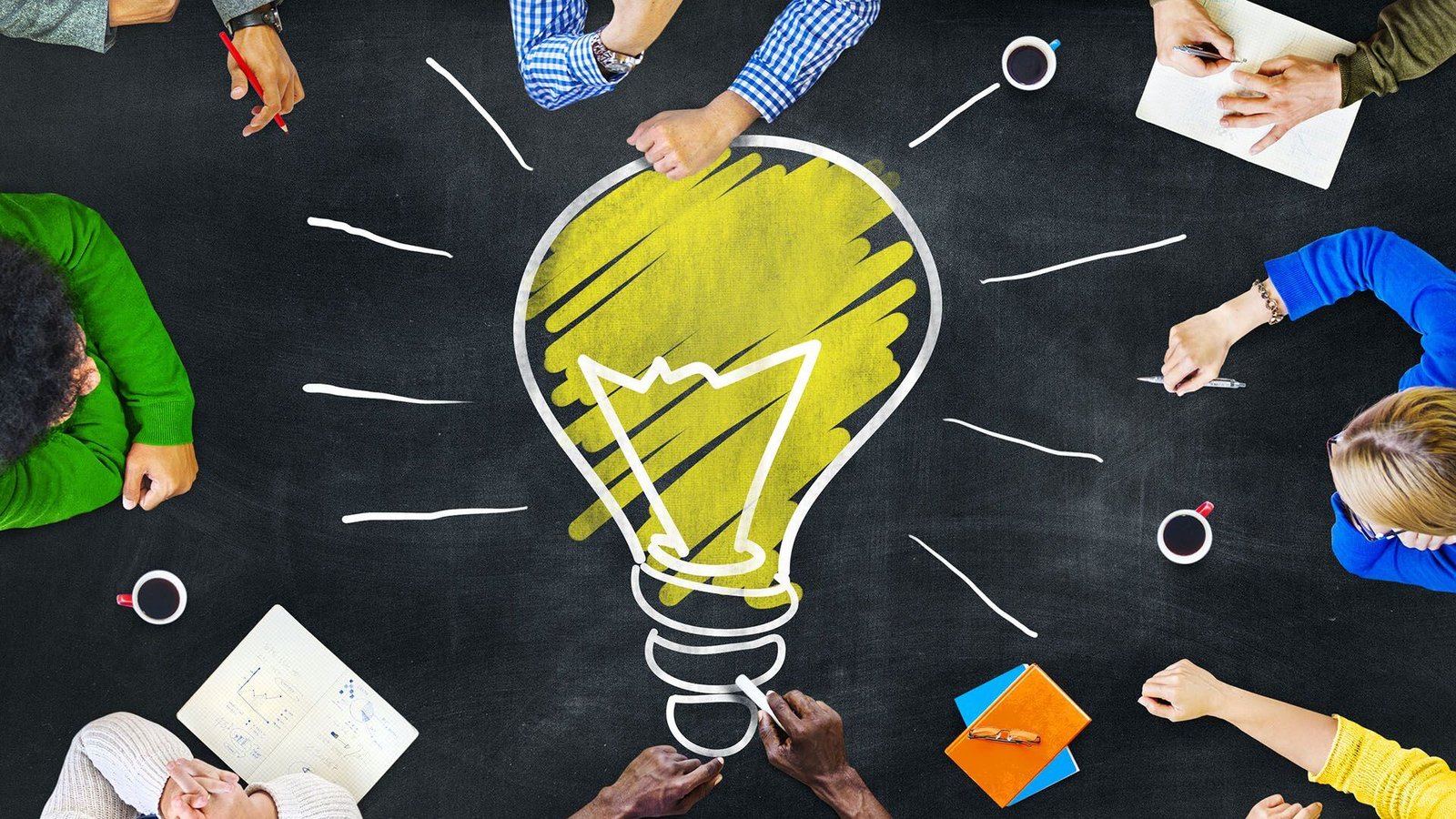Neuroeducation In order to better understand how the brain learns, the multidisciplinary area of neuroeducation—also referred to as educational neuroscience—combines knowledge from psychology, neurology, and education. Through an understanding of the brain processes that underlie memory and learning, neuroeducation seeks to create research-based teaching strategies that improve student performance. It is more crucial than ever to comprehend how the brain processes information as we head toward increasingly complicated and demanding educational requirements. This emerging field provides insight into how to design learning experiences that are more in line with the brain’s natural learning processes, which will improve the effectiveness and efficiency of education.

The Brain and Learning: Key Concepts
The brain’s capacity for experience-based change and adaptation is known as neuroplasticity. The basis of memory and learning is neuroplasticity. Neurons, or brain cells, form new connections, reinforce old ones, or remove connections that are unnecessary as we learn something new. The brain’s capacity for adaptation plays a vital role in how people learn and remember information.
The Neuroscience of Child Development and Learning
Because the developing brain is so malleable, learning occurs most effectively in the early years of life. The brain grows quickly throughout these years, creating and severing synaptic connections in response to events. In the context of neuroeducation, important facets of child development include:
Early Brain Development: The brain creates around a million new neural connections every second from birth to about age five. This quick development emphasizes how crucial it is to provide stimulating situations that promote brain development.
Language Acquisition
Early infancy is the best time to learn a language because it is when the brain’s language systems are most malleable. In particular, Wernicke’s and Broca’s regions of the left hemisphere are important for language processing. Comprehending these brain foundations enables educators to design more successful language acquisition curricula.

Impact of Emotions on Learning
Emotions are important for memory and learning. According to neuroscientific studies,
The almond-shaped Amygdala is a group of neurons that process emotions. It directly affects the storing and retrieval of memories. Emotionally charged events can be made more memorable by evoking strong emotional reactions that improve memory consolidation.
Emotional Control: Learning requires the capacity to control one’s emotions. Students who are under stress or anxiety find it harder to concentrate and absorb material. By assisting students in managing their emotions, strategies such as mindfulness and social-emotional learning programs can improve the learning environment.
Neuroeducation and Teaching Strategies
Numerous insights into successful teaching techniques are provided by neuroeducation:
Multimodal Teaching: Using a range of teaching techniques (visual, aural, kinesthetic) might help accommodate varied learning styles because different stimuli engage different brain regions. For example, kinesthetic learners may benefit from hands-on exercises, whereas visual aids can improve knowledge for visual learners.
Differentiated Instruction: Neuroscience supports adjusting teaching strategies to students’ varying requirements. Differentiated instruction acknowledges that students’ learning profiles, interests, and readiness levels vary.

Technology and Neuroeducation
Technology is now an effective tool for learning about the brain and implementing neuroeducational concepts:
Neuroimaging Techniques: Technologies such as electroencephalography (EEG) and functional magnetic resonance imaging (fMRI) have shed light on how the brain works during learning. With the aid of these technologies, researchers can now see which brain regions are active during various kinds of cognitive tasks.
Neuroeducation in Practice
It takes considerable preparation and teamwork to implement neuroeducation in real-world settings:
Case Studies: There are several instances of educational institutions effectively incorporating neuroeducational concepts into their curricula. For example, several educational institutions employ brain-based learning strategies, like adding frequent physical exercise to enhance cognitive performance and memory recall.
Training Teachers: Teachers must possess the information and abilities necessary to implement neuroeducational tactics. Teaching professionals can better grasp how to design brain-friendly learning environments by enrolling in professional development programs that emphasize the science of learning.

Conclusion
A vibrant and developing discipline that connects neuroscience with teaching is called neuroeducation. Through an understanding of the brain’s mechanics and information processing, educators can create more effective teaching strategies that meet the different requirements of their pupils. Important ideas like as neuroplasticity, memory formation, attention, and the influence of emotions on learning have played a pivotal role in molding pedagogical approaches that are more in line with the way the brain learns naturally.
FAQs
What is neuroeducation?
In order to better understand how the brain learns, the multidisciplinary discipline of neuroeducation, commonly referred to as educational neuroscience, integrates knowledge from neuroscience, psychology, and education. Its objective is to use this understanding to enhance instructional strategies and student outcomes by adjusting teaching approaches to better match the way the brain absorbs information.
Why is neuroeducation important?
Because it offers empirically supported insights into how learning happens at a brain level, neuroeducation is significant. Teachers may create instructional strategies that improve learning effectiveness and efficiency by knowing how the brain learns, which will ultimately help students achieve better academic and developmental results.
How does neuroplasticity relate to learning?
The brain’s capacity to remodel and modify itself throughout life by creating new neural connections is known as neuroplasticity. The brain’s ability to adapt is essential for learning since it enables the integration of new knowledge and experiences. Learning new abilities, creating memories, and changing behavior are all made possible by neuroplasticity.
What role do emotions play in learning?
Emotions have a big influence on memory and learning. While negative emotions like stress and worry can impede cognitive abilities, positive emotions can boost motivation, attention, and memory recall. The brain area responsible for processing emotions, the amygdala, affects how memories are stored. Optimizing learning outcomes can be achieved by designing emotionally supportive learning environments.
How can neuroeducation improve teaching strategies?
Numerous evidence-based teaching techniques, such as the following, are informed by neuroeducation:
Multimodal teaching involves engaging distinct brain regions through the use of visual, aural, and kinesthetic learning approaches.
Differentiated education is adjusting lessons to each student’s unique learning needs and learning preferences.
Reinforcement and feedback: To improve learning and fortify brain connections, give timely and targeted feedback.



